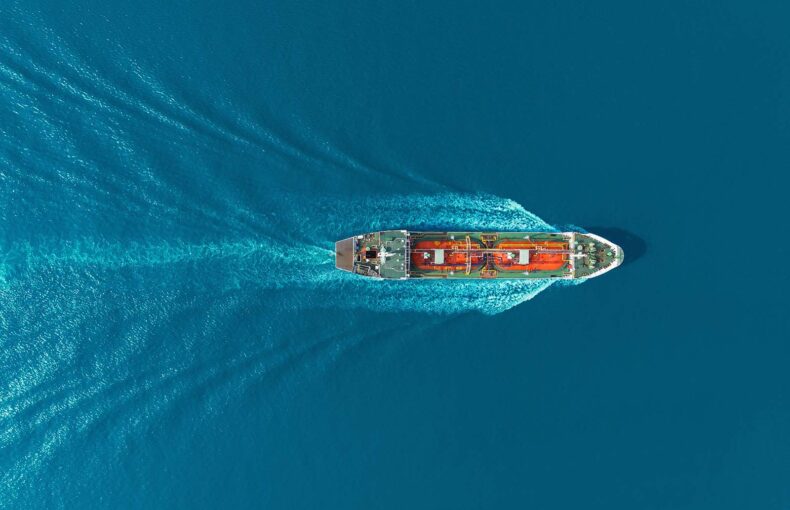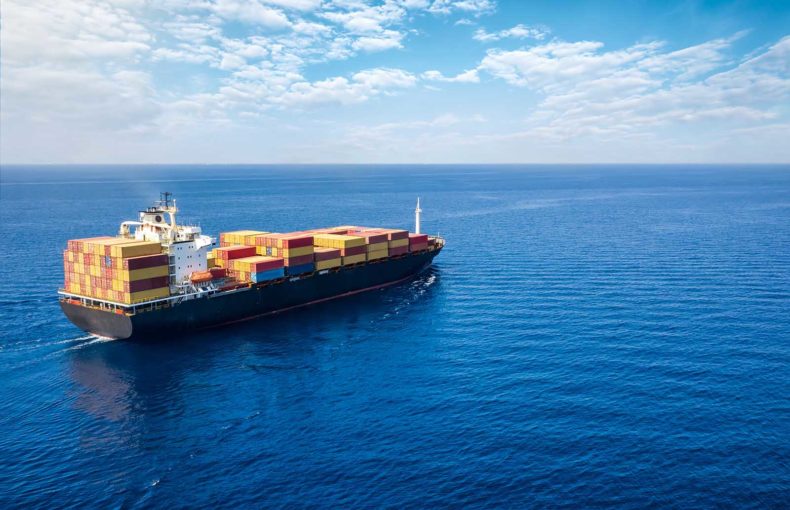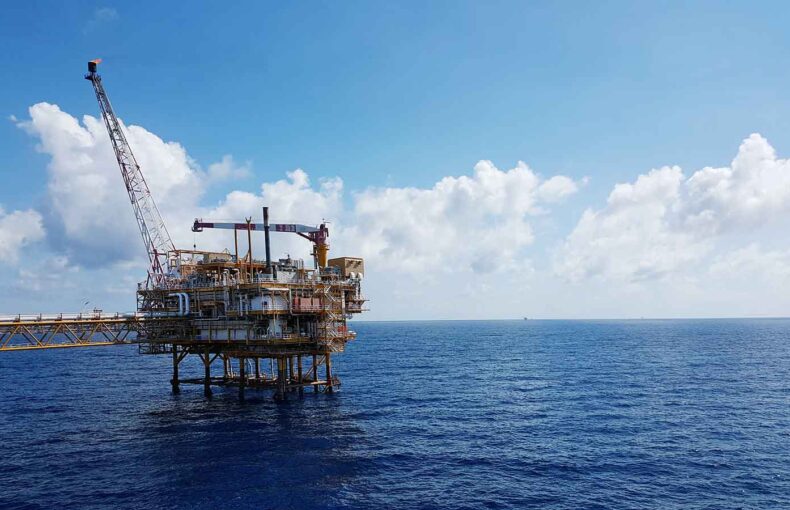Trends and Solutions for IMO 2030
Since the announcement by The International Maritime Organization (IMO) that compliance standards would change in 2020 to support emissions reductions, shipowners, ship operators, and bunker buyers sought alternatives to meet these new standards. Here are a few of the ways Maritime enterprises are achieving emissions compliance.
Since the announcement by The International Maritime Organization (IMO) that compliance standards would change in 2020 to support emissions reductions, shipowners, ship operators, and bunker buyers sought alternatives to meet these new standards. The transition to IMO 2020 compliance spanned more than a year and still continues today. Many bunker buyers, suppliers, and ship builders have already shifted their focus to the 2030 targets that will further reduce greenhouse gas emissions.
What is IMO 2020, 2030, and 2050?
The 2030 compliance standards is to reduce carbon dioxide emissions by 40% (based on 2008 levels). By 2050, emission reductions are planned to hit the 70% mark. Emissions are measured by the amount of carbon produced per ship. Achieving these reductions will be a huge challenge.
The shipping industry is one of the largest contributors to carbon emissions on the planet. Maritime shipping alone uses an estimated 4.4M barrels of oil per day and international maritime transport accounts for about five percent of global oil demand.
Vessels have been reliant on oil containing 3,500x more sulfur than automotive diesel fuel, which results in toxic sulfur oxide emissions with connections to a number of diseases and health risks in communities around shipping ports. A study completed in 2016 estimated that during 2020-2025, air pollution from ships would be linked to more than 570,000 premature deaths worldwide. Additionally, sulfur oxide emissions are also linked to ocean pollution, cause ocean acidification, and crop destruction. Weather changes causing lightning storms in high traffic zones and busy shipping routes have also been linked to sulfur oxide emissions. The goal of IMO 2020 emissions standards is to quell the negative impacts from maritime operations emissions.
Current shipping strategies for achieving IMO 2020 compliance
When new emissions guidelines were announced, market analysts predicted higher shipping rates and higher prices for consumer goods. Compliance would cost shippers an estimated 10-20% more and would also create service disruptions. Shipping companies executed quick wins by retrofitting and upgrading vessels with equipment and machinery, like scrubbers, aimed at reducing emissions, and they also opted to slow ship speeds to earn better fuel economy and lower emissions causing increased transportation times. Alternative fuel sources were quickly examined and tested and proved to be costly.
IMO 2020 compliance required changes and adjustments be made to vessel route planning, global fuel supply chains, operating costs, freight rates, scrubber demand, and more. Shipping economics needed to be adjusted and alternative fuel sources examined and tested. To decrease the carbon intensity of existing ships, the world fleet needs to match the efficiency standards of newly constructed vessels. Also required is a mandatory Ship Energy Efficiency Management Plan for ship operators to improve energy efficiency through a variety of ship specific measures.
Since bunker fuel is derived from crude oil which contains sulfur and carbon, two chemicals that are harmful to humans and the environment, many shipping companies looked at different types of fuels to combat emissions. However, the cost of higher quality fuel caused most companies to look elsewhere to cut emissions. The higher the fuel quality, the lower the amount of harmful particles are present. Scrubber systems and air pollution control devices that have been developed to treat exhaust fumes from engines, auxiliary engines, and boilers to ensure that no damage is done to human life and the environment by toxic chemicals such as sulphur oxides and nitrogen oxides proved to be a more cost effective solution.
This past year, climate considerations were integrated into lending decisions. To ensure compliance, organizations are creating digital twins to study the best routes for fuel efficiency and port selection with emissions in mind as well as scheduling more frequent engine cleanings to control build up. Refineries moved to new types of blended fuels and are conducting additional studies on blended fuels and their impacts.
Looking ahead: How can the maritime industry continue to reduce its carbon footprint?
Data-driven vessel performance optimization
Ingesting vast amounts of data from multiple sources including AIS positions, weather forecasts, and vessel specifics helps to improve each voyage, reduce emissions, and improve utilization of existing assets.
Learning from the past to automate the future
Feeding machine learning models with historical data helps build better algorithms and fuels predictive analytics. Multiple sources of archived data can be combined to create a truly complete picture of an industry’s challenges. For example, weather forecasts and AIS data can help identify the quickest routes or determine the best fuel economy. Extreme weather can destroy cargo and require different crew staffing, and ocean elements like wind and wave data impact vessel assignments – all adding up to huge costs in maritime if the correct precautions aren’t taken.
E-navigation powered by real-time and past weather
The continued development of AI-powered e-navigation tools is an inevitable component of the digitalization of the maritime industry and autonomous shipping. Adding real-time weather forecast data can be a boon to data-driven decision making. Adding historical weather data also helps build more reliable algorithms as well as identifying anomalies.
Retrofit vessels
Vessels can be retrofitted with equipment that reduces CO2 emissions. These additions can be made fairly quickly and can have a big impact on emissions. Scrubber systems were a popular first choice of many shipowners when IMO 2020 emissions guidelines were announced.
Invest in new, green vessels
Vessel builders are experimenting with alternative fuels and green technology (like wind) to fuel new ships. Many of these vessels have zero emissions by design.
World-class data can help
Emissions reductions can be achieved using maritime data and weather data. Route planning with emissions in mind can examine a number of data points that impact fuel efficiency. For example, wind and wave data impacts fuel economy which has an effect on emissions for a given route. Enhanced weather routing optimizes asset utilization.
Alternative vessels, like those powered by wind, depend on weather information to plan routes and depending on the construction of a vessel, they can benefit from high vertical resolution for wind speed due to the size of the sail.
As emission standards tighten, the maritime industry will be further challenged to meet these standards. Data solutions have become an essential asset for shipping companies to achieve emissions compliance and have quickly become a cornerstone to effective maritime business strategy. Learn more about how maritime enterprises are using data to optimize their operations in our free e-book and subscribe to our blog for more information about changes and trends in the maritime industry.
 Written by
Written by


